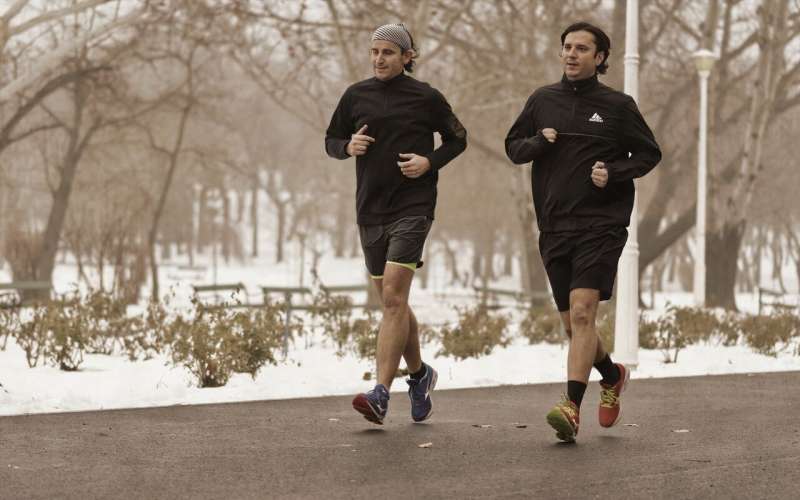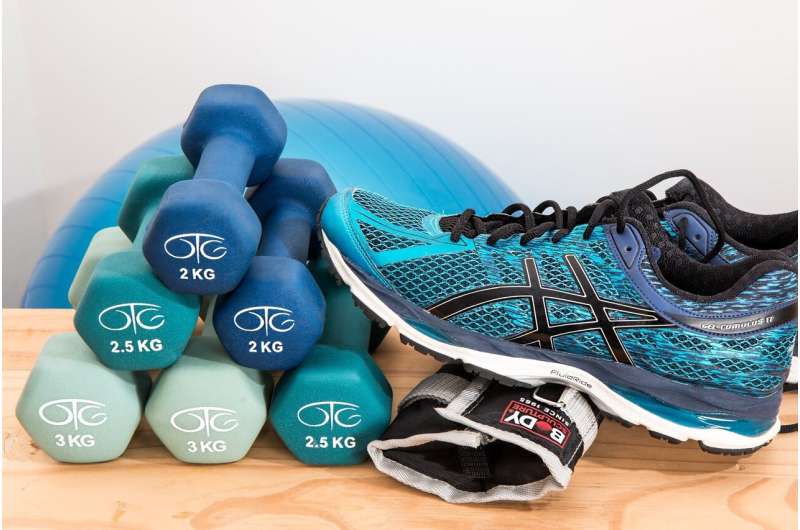Top Tips for Exercising Safely in Cold Weather: Warm-ups, Layering, and Recovery

Discover essential tips for exercising safely in cold weather, including layered clothing, proper warm-up, risk awareness, and recovery strategies to stay healthy and comfortable outdoors.
As temperatures drop across many regions, outdoor enthusiasts such as runners, cyclists, hikers, and rowers need to adopt specific strategies to stay safe and comfortable during their workouts. Exercising in cold environments presents unique challenges, including exposure to high winds and water, which can impact both physical and mental well-being. While cold weather typically does not increase injury risk, there's a potential for conditions like hypothermia and impaired exercise performance if precautions are not taken.
Interestingly, cold conditions can make exercise feel easier because the body perceives lower exertion levels compared to hot environments. However, to maximize safety and effectiveness, it's important to follow some key tips.
1. Dress in Layers
Begin your workout in a slightly chilled state to prevent overheating. As your body warms up, remove a layer to avoid excessive sweating, which can cool your body too much during cool-down. Recommended clothing includes a moisture-wicking base layer, an insulating middle layer like fleece, and a windproof, water-resistant outer shell. Don't forget gloves, polyester socks, and a beanie or headband to retain heat from your extremities and head.
2. Prioritize Warming Up
A proper warm-up is crucial in cold weather since muscles take longer to reach optimal temperature and are more susceptible to injury. Spend around ten minutes warming up indoors with dynamic stretches and exercises such as leg swings, lunges, and high knees. This process enhances blood flow, increases tissue temperature, and improves joint flexibility, preparing your body for activity.
3. Be Aware of Risks
Exercise outdoors during winter can be more hazardous due to slippery surfaces and reduced visibility. Shorten your stride on wet surfaces to prevent slips, and avoid sharp turns while cycling. Whenever possible, exercise during daylight hours and wear reflective or bright clothing, especially at night or in foggy conditions.
4. Focus on Recovery
After your workout, incorporate active recovery like walking and stretching to help prevent blood pooling and inflammation. If the weather is extremely cold, head indoors immediately after exercise, change damp clothes, and take a warm shower or bath to stabilize your core temperature. Watch for signs of hypothermia, including shivering, pale skin, and coordination issues.
Additional Tips:
In temperatures near or below zero with wind chill or snow, consider indoor options like treadmill or stationary cycling. Hydration is essential; drink about 500ml of water two hours before exercise and continue drinking during and after your session. Remember, protective measures such as sunscreen with SPF 30 or higher are still necessary since UV rays can penetrate clouds. Proper planning and precautions can ensure that exercising in cold weather remains safe and enjoyable.
Stay Updated with Mia's Feed
Get the latest health & wellness insights delivered straight to your inbox.
Related Articles
Vagus Nerve Stimulation May Boost Exercise Capacity and Reduce Inflammation
A new study finds that non-invasive vagus nerve stimulation can increase exercise capacity, lower inflammation, and potentially help individuals with heart conditions improve their overall fitness and quality of life.
The Importance of Physical Activity for Individuals with Rheumatic and Musculoskeletal Diseases
Discover how tailored physical activity can significantly improve health outcomes for individuals with rheumatic and musculoskeletal diseases through the latest research and recommendations from EULAR.
Participating in Team Sports Can Reduce Blood Pressure and Enhance Physical Function in Patients with Chronic Illnesses
Engaging in team sports can significantly reduce blood pressure and improve physical function in patients with chronic illnesses, offering a social and motivating approach to health management.
Community Exercise Programs Enhance Senior Health and Combat Age-Related Decline
A groundbreaking study from McMaster University demonstrates that community-based exercise programs can significantly slow or reverse age-related declines in cardiovascular fitness and muscle strength among seniors, promoting healthier aging and improved quality of life.



